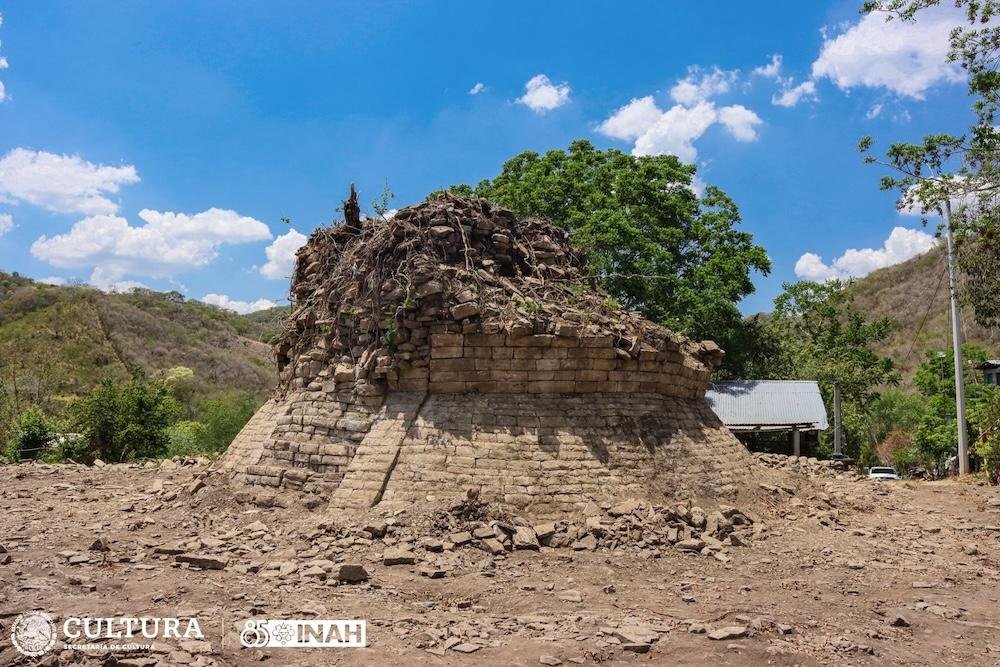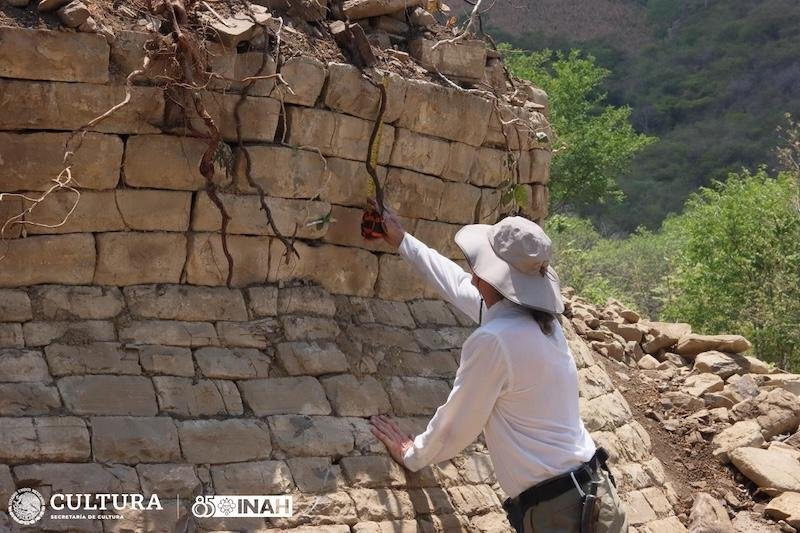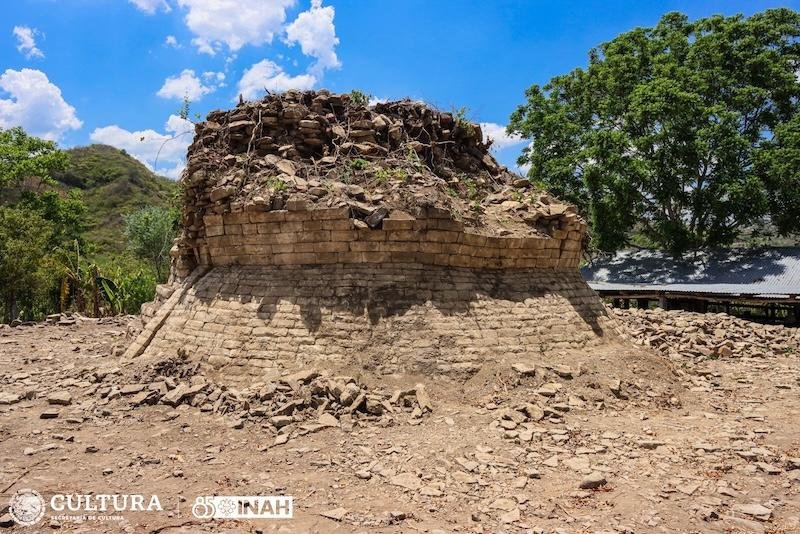
Archaeology
Archaeology is the study of human history and prehistory through the excavation and analysis of artefacts, structures, and other physical remains.
Archaeology is the study of human history and prehistory through the excavation and analysis of... View more
Circular healing ritual structure discovered in Tecacahuaco
-
Circular healing ritual structure discovered in Tecacahuaco
Archaeologists from Mexico’s National Institute of Anthropology and History (INAH) have uncovered a pre-Hispanic structure used for healing rites in Tecacahuaco, a town in Hidalgo state.

The new archaeological site in Tecacahuaco. Credit: Gerardo Peña, INAH The site was first reported by a local farmer expanding his pasture, revealing the remains of a circular structure. Preliminary dating suggests the structure, measuring 15 meters in diameter and standing 3.5 meters tall, dates from CE 900 to 1521, during the Post Classic Period. This era marks the transition from Mesoamerican civilization to the Colonial Period under Spanish rule.
The structure includes a central staircase flanked by two alfardas, characteristic features of monumental pre-Hispanic architecture. Additional finds include obsidian fragments, indicating the site’s use during the Postclassic period. This period was significant for the rise and fall of various Mesoamerican cultures, including resistance against the Aztec Empire by the Metztitlán, an independent Otomi state likely controlling Tecacahuaco.
According to INAH archaeologist Osvaldo José Sterpone, this is the first archaeological project undertaken in Tecacahuaco. The town’s Nahuatl name translates to “place of hollow stone,” highlighting its historical significance. “We have begun the work of photogrammetry and analysis that will allow us to document the characteristics of the buildings in the records of the Public Registry of Monuments and Archaeological and Historical Zones, in order to give certainty and identity to this area of monuments,” Sterpone stated.

Credit: Gerardo Peña, INAH Local legends, recounted by town elders, tell of a priest who ordered the destruction of pagan monuments and idols, considering them immoral. Despite this, healers continued to visit a small sacred hill, making offerings of liquor, bread, or zacahuil (a large tamale) to cure the sick. This practice represents a blend of Catholic and pre-Hispanic sacred traditions.
The discovery of the structure has prompted a series of INAH visits and ongoing excavations. Researchers have also uncovered nearby architectural remains, including a ball court measuring 18 meters in length. The ball game was an important cultural, religious, and social activity in pre-Columbian Mesoamerica.

Credit: Gerardo Peña, INAH The ruins, uncovered in Atlapexco, about 185 miles northeast of Mexico City, were officially reported in a June 26 news release by INAH. The discovery of the circular base, spotted alongside a venadillo snake in April 2024, drew immediate attention. Subsequent visits by INAH aimed to record the monument’s characteristics and establish conservation measures.
Researchers continue to document the site’s features, including the well-preserved staircase, flanked by two balustrades, and a ‘V’-shaped wall. These elements indicate that the structure is part of a larger construction, originally reaching 15 meters in diameter at its base.
Fragments of obsidian found on the surface suggest the site’s occupation during the Postclassic period. This aligns with historical references to obsidian deposits near Tecacahuaco, such as in the current municipality of Zacualtipán. The possibility that the base corresponds to this era implies that Tecacahuaco was under the control of the Metztitlán lordship, a significant power in the region.
[embedded content]
The Tecacahuaco community, along with municipal and federal authorities, are in dialogue to ensure the site’s protection and further study. “Our authorities’ efforts seek to protect, conserve, and enable INAH to conduct the relevant studies at the site,” concluded Ladislao Márquez, a local representative.
Sorry, there were no replies found.
Log in to reply.
